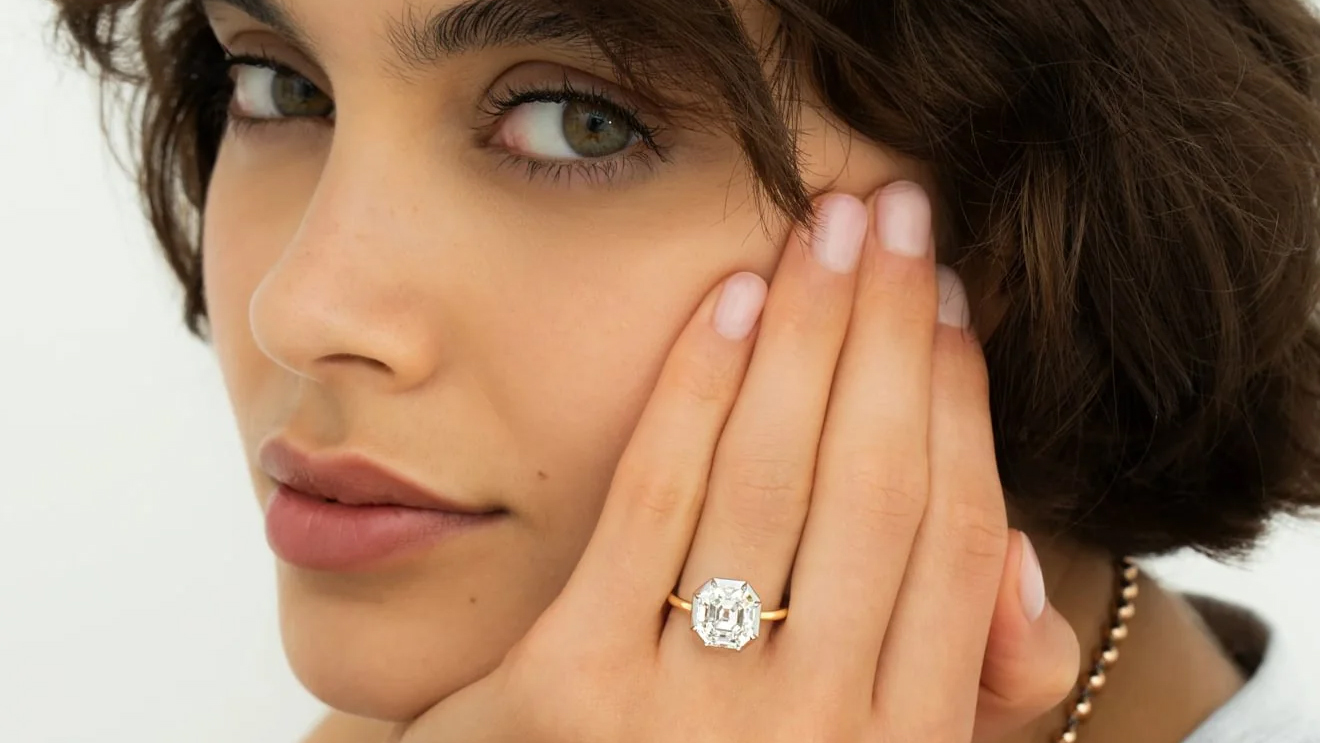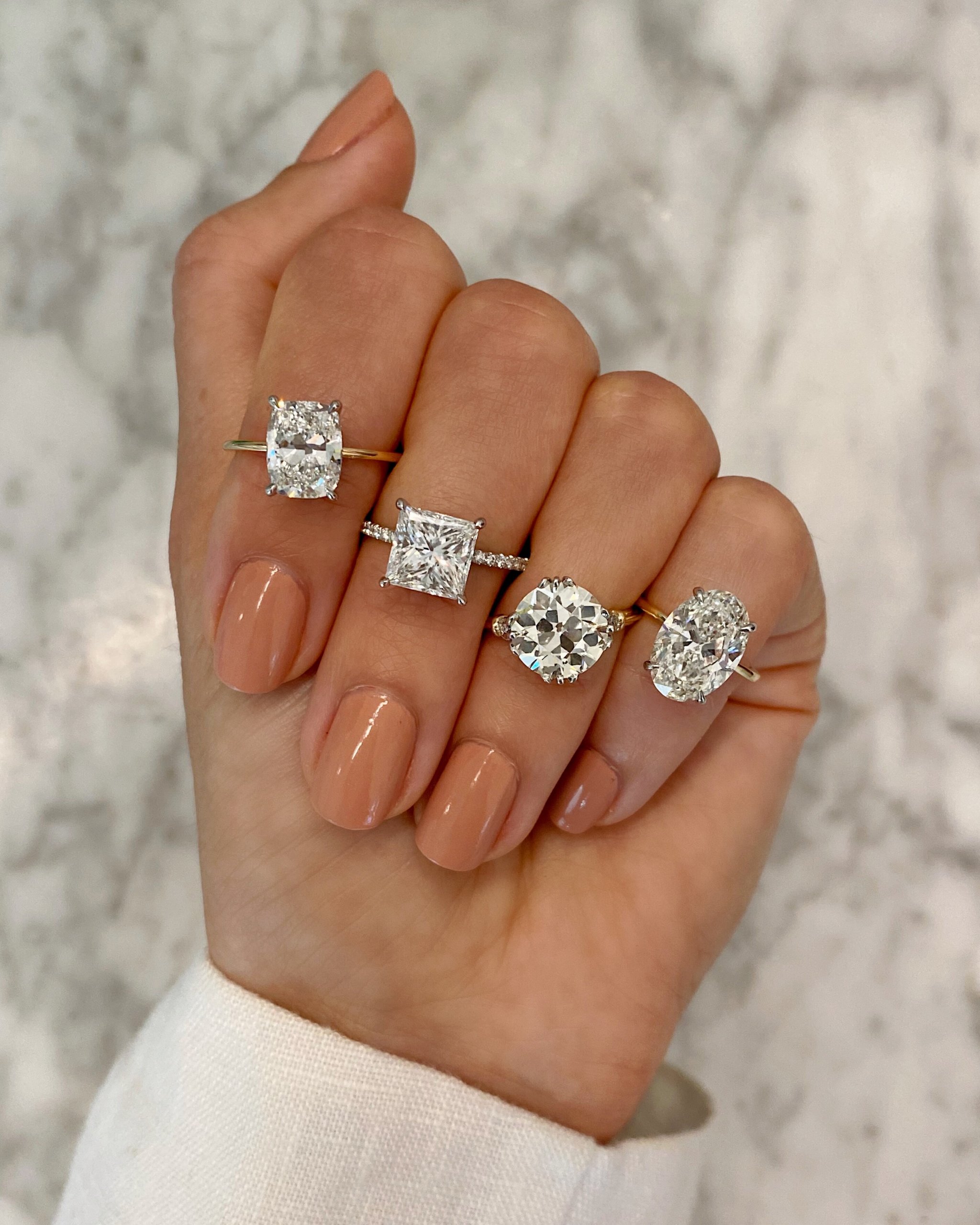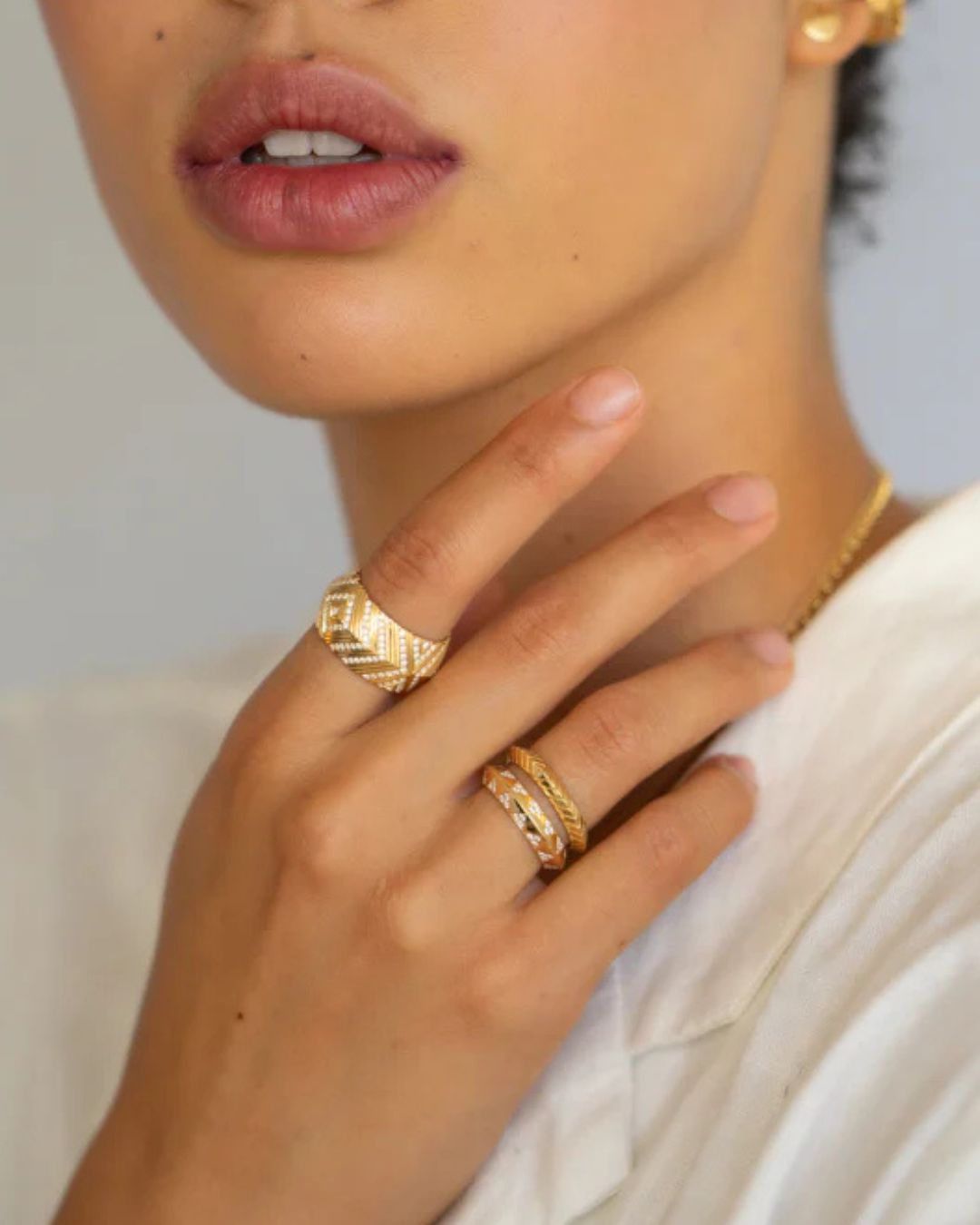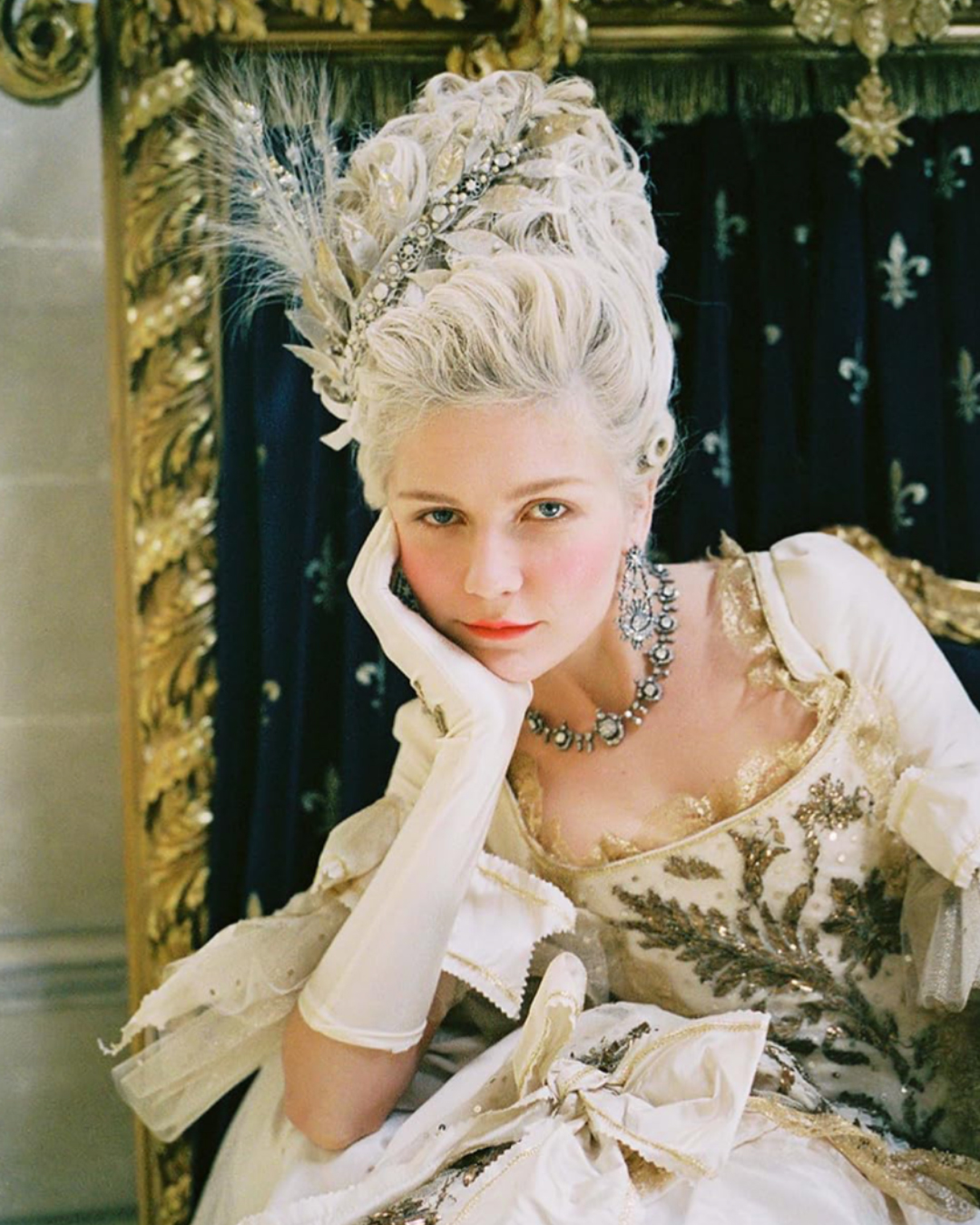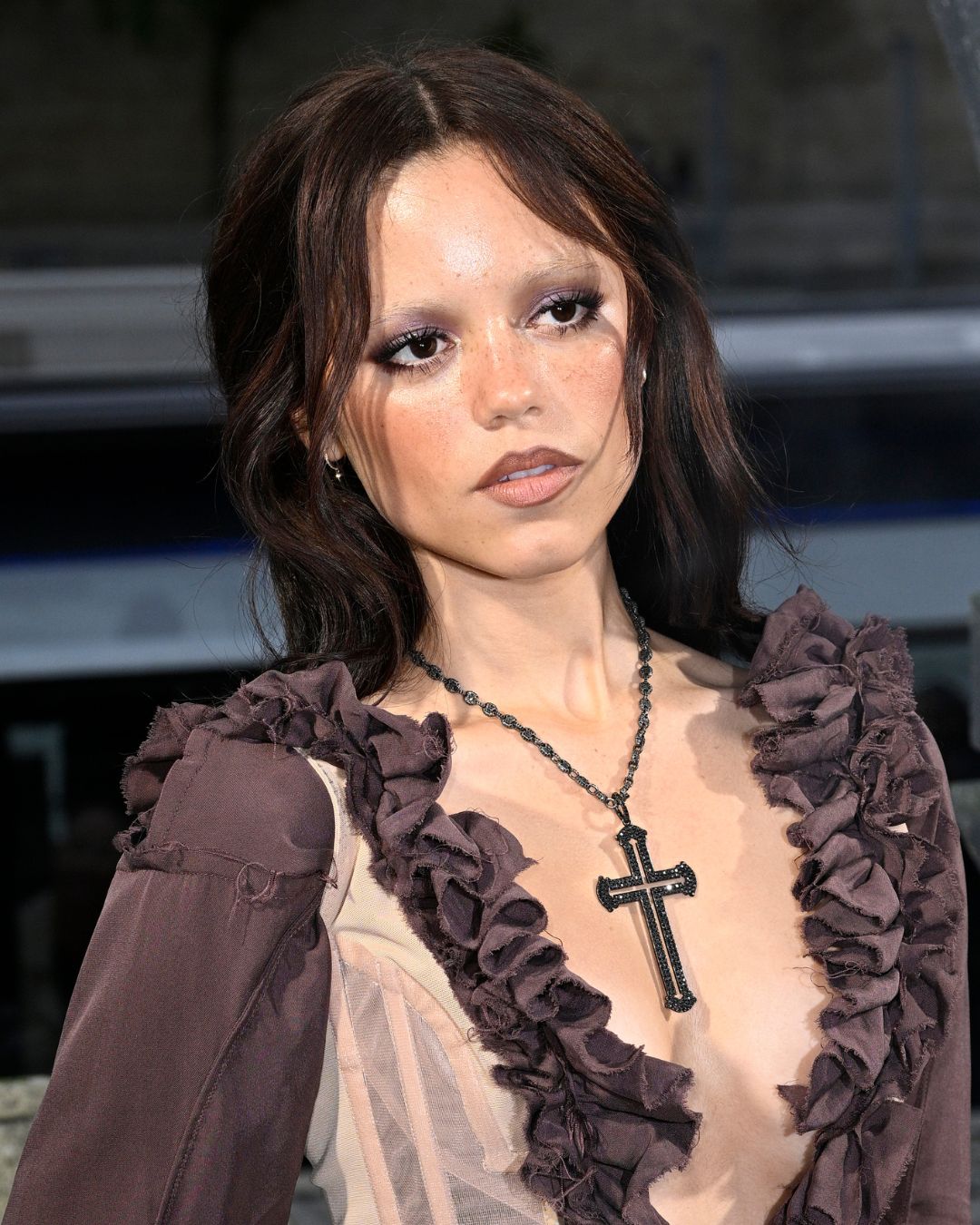Historic Diamonds / Famous Diamonds
The Untold Story of Le Grand Mazarin Diamond, France’s Legendary Crown Jewel
By Grant Mobley, Updated August 12, 2025
The Empire Diamond Necklace is Tiffany & Co.’s most valuable piece ever offered for sale—featuring an 80-carat diamond in a reimagined 1939 design. Not to be confused with the house’s iconic, but never-for-sale, Tiffany Diamond.

Le Grand Mazarin was offered at Christie’s Magnificent Jewels auction in Geneva on November 14, 2017, where it sold for $14.46 million. (Christie’s Images Limited)
Some diamonds live up to their names. Le Grand Mazarin is one of them — an exceptionally large, faint pink diamond that adorned the crowns of French royalty for more than two centuries. It is both a masterpiece of nature and the ultimate in royal “upcycling,” passed from monarch to monarch without losing its luster. Yet this crown jewel is also a testament to the ambition of one man: Cardinal Mazarin, a politician whose passion for power was rivaled only by his love of extraordinary diamonds.
Meet the Expert

- Grant Mobley is the Jewelry & Watch Editor of Only Natural Diamonds.
- He is a GIA Diamonds Graduate.
- He has over 17 years of jewelry industry experience, starting with growing up in his family’s retail jewelry stores.
What Is the Grand Mazarin Diamond?
Le Grand Mazarin is a 19.07-carat pink diamond of extraordinary pedigree. Mined centuries ago in Golconda, India — the legendary source of some of the world’s most celebrated gems — it is as much a piece of history as it is a jewel. For over two hundred years, it graced the crowns of kings, queens, emperors, and empresses, witnessing coronations, revolutions, and the rise and fall of empires. Today, its name still honors the man who ensured it would forever be linked to the French Crown: Cardinal Mazarin.
Its beauty lies not only in its clarity and size but also in its rare hue — a blush so subtle it almost escapes notice at first glance. That gentle color makes it part of the rarest category of diamonds in the world.
Why Pink Diamonds Are So Rare
Colored diamonds of any kind are scarce, but pink diamonds occupy the most elusive tier of all. Their color is not caused by trace elements, as with blues or yellows, but by a distortion in the diamond’s crystal lattice during formation — a geological fluke so rare that fewer than 0.1% of all diamonds mined are pink. Most known pinks have come from only a few sources, such as the famed Argyle mine in Australia, which closed in 2020, making them rarer still. The Golconda origin of Le Grand Mazarin adds yet another layer of rarity; these ancient deposits produced diamonds of exceptional purity and transparency, qualities that gemologists still consider unmatched.
The Cardinal Who Collected Exceptional Diamonds
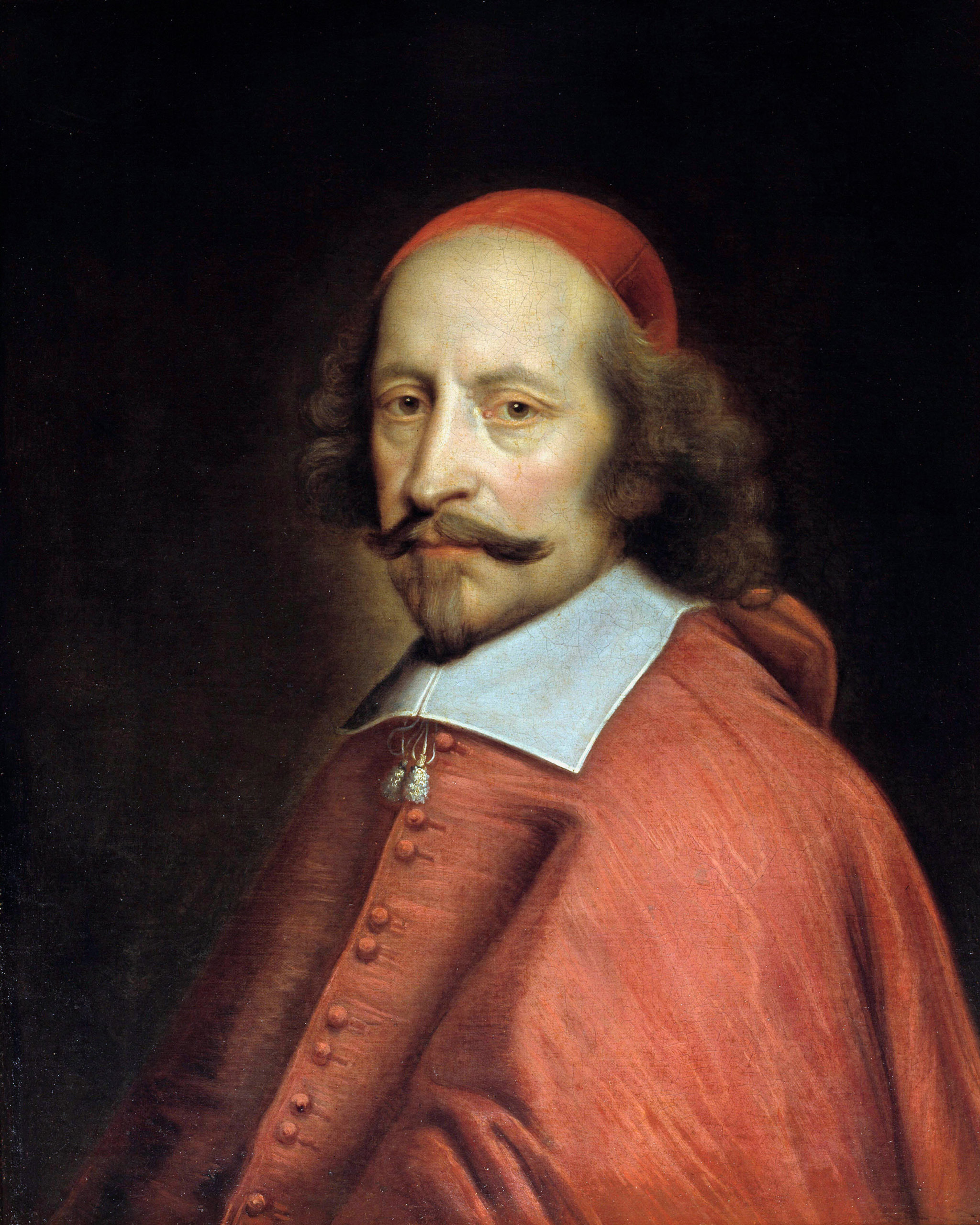
To understand how this rare gem became a fixture of French royal power, you must first know the man behind it. His Eminence Cardinal Mazarin was the Chief Minister of France from 1642 to 1661, ruling under two kings and, in between, governing during the regency of Anne of Austria while Louis XIV was still a child. Yet even after decades at the helm of the kingdom, Mazarin’s appetite for influence never waned. On his deathbed, he made a final political move: bequeathing a priceless diamond from the mines of Golconda — the stone we now know as Le Grand Mazarin — to the French Crown, ensuring his name would remain intertwined with power for centuries.
In life, Mazarin had amassed wealth beyond reason. Though he appreciated emeralds, natural diamonds were his true obsession. At the glittering court of Louis XIV, even clergymen were adorned in as much jewelry as the ladies, and Mazarin was no exception. He acquired the most exceptional stones through a network of trusted jewelers and became the first to finance the voyages of Jean-Baptiste Tavernier to India — journeys that brought back treasures which helped cement Louis XIV’s reputation as the inventor of High Jewelry.
The Promise That Preserved the French Crown Jewels

Mazarin bequeathed 18 diamond jewels to the crown of France. But he asked that they would never be modified. A smart request indeed: Upcycling a diamond jewel to a more modern jewelry setting is quite usual, but a new cut would result in fewer diamond carats, hence a decrease in value.
Colored diamonds were not in vogue in the 17th century. Thus, the Sun King learned to love pink diamonds thanks to his former tutor, Mazarin, to whom he already owed all his education.
Passionate about Le Grand Mazarin diamond, the Cardinal is said to have planned its future before dying: The Grand Mazarin diamond, he insisted, should forever bear his name. Also, it should be set on every future crown of France.
Revolution, Theft, and the Diamond’s Disappearance
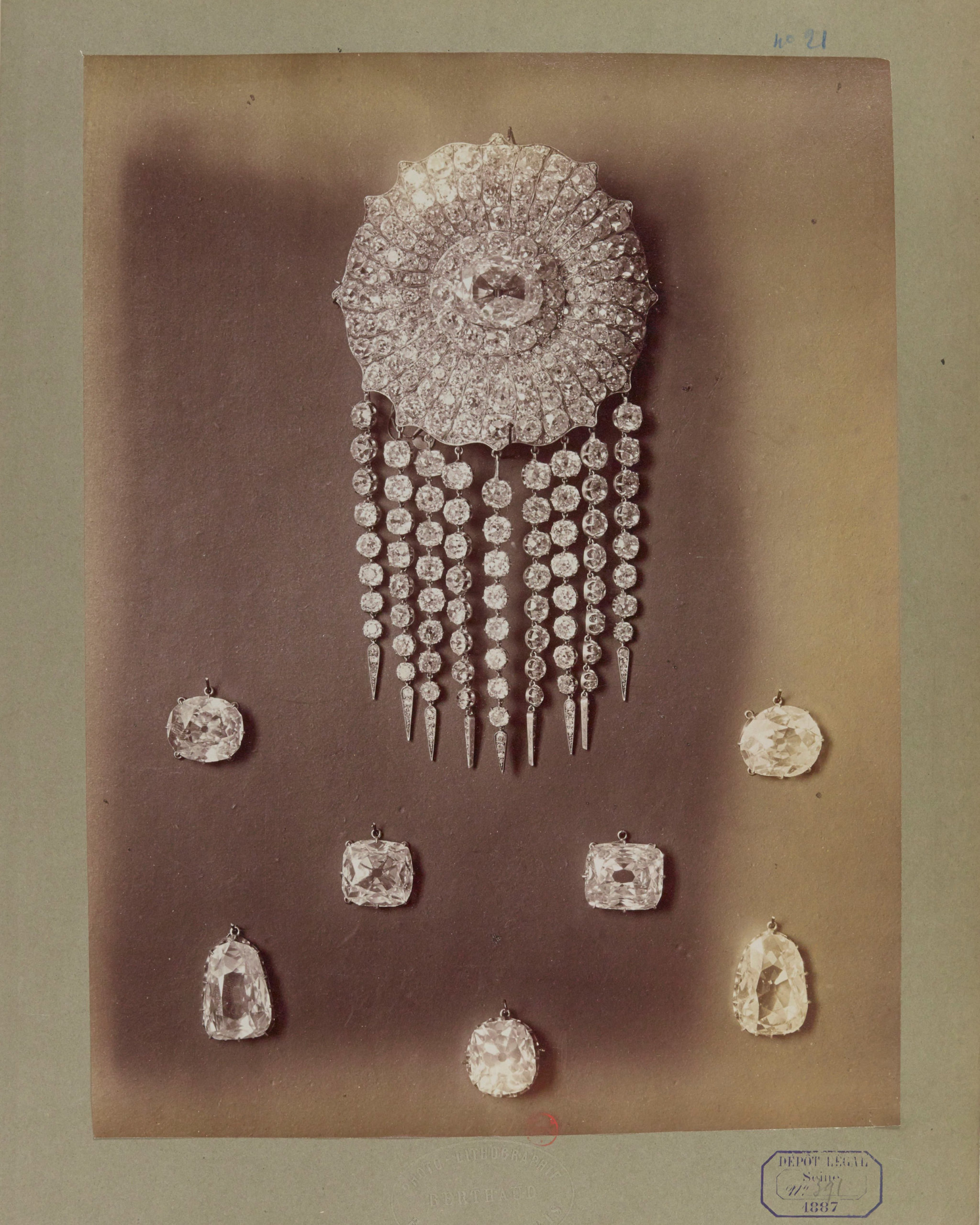
In 1792, Louis XVI had to give up all the crown jewels, but a major burglary led to the disappearance of Le Grand Mazarin diamond. Several thieves were sentenced to death. Most of the diamonds were never returned. However, ultimately, a thief traded the Mazarin diamond for his life.
The legacy of Le Grand Mazarin is enduring. In 225 years, four kings, four queens, two emperors and two empresses wore it. The beloved Louis XV did, and so did Louis XVI—and even self-crowned Napoleon. Did they have a thought for Mazarin during their coronation? Probably not. But on that solemn moment, the Grand Mazarin diamond was arguably closer to power than any other thing or being. This is how natural diamonds transcend generations, politics, and times.
The last crowned head to wear Le Grand Mazarin diamond was Empress Eugénie, the elegant and romantic wife of Napoleon III. After the Emperor’s defeat in the Franco-Prussian War, some of the country’s debts were paid off by the controversial sale of the French Crown Jewels. For Le Grand Mazarin, the buyer was none other than Frederic Boucheron, founder of the eponymous jewelry house.
Le Grand Mazarin Returns to the Spotlight at a Historic Auction
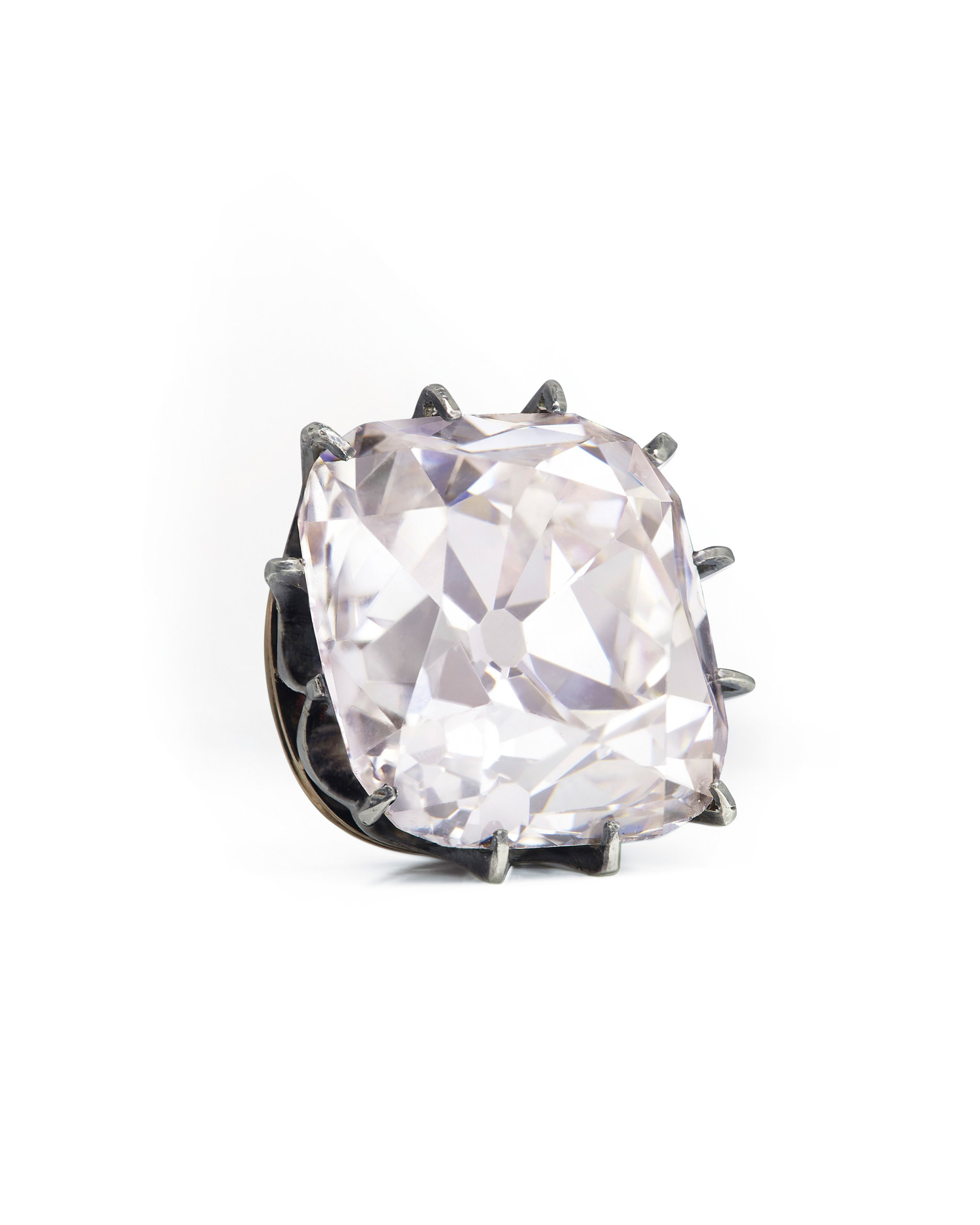
Christie’s auctioned the diamond gem in 2017, 130 years after its first sale. Memorabilia of over two centuries of France’s splendor, the diamond jewel sold for $14,463,493.
The historic value of Le Grand Mazarin surely played an important role in its price. Yet, any gemologist would argue that the pedigree of the diamond itself could justify these millions. It was extracted at Golconda. This part of the Indian plateau of Deccan is where some of the most epic diamonds were unearthed: the Koh-I-Noor, the Regent, the Wittelsbach-Graff. These diamond mines are renowned for their signature diamond clarity.
The Enduring Allure of Le Grand Mazarin
Le Grand Mazarin diamond is so clear that its pale pink hue does not even show at first sight. This makes it one of the purest natural wonders on earth. Who could blame Mazarin for securing the future of his favorite diamond before parting from it? Thanks to the Cardinal’s exacting instructions to the Sun King, Le Grand Mazarin still rules over someone’s private kingdom today.


